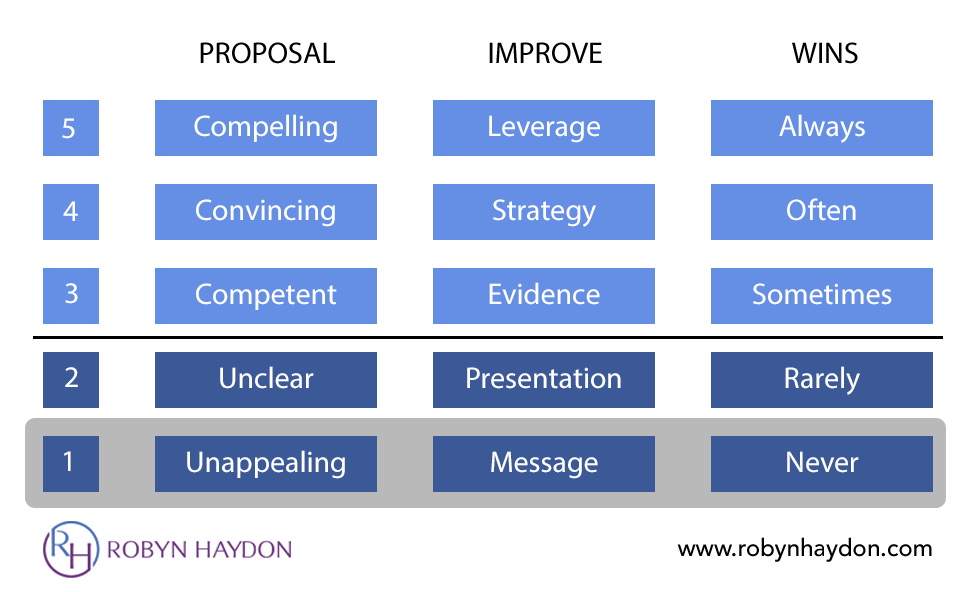What opportunities are on your horizon this year? How will you win them? Are you pumped and ready for 2018? Or could your motivation use a little help?
Winning the work you want actually follows a very simple equation – it’s a case of ready, aim and fire.
The readiness part is important, but often overlooked. It’s not all about targeting customers, and firing off more and more proposals.
In fact, much of your success this year will rest on what you do before you make any kind of pitch.
Legendary American economist and Harvard professor Theodore Levitt said that “people don’t want quarter-inch drills; they want quarter-inch holes.”
It’s not your products and services that define you as an organisation, it’s how you solve problems for your customers.
Your ability to solve customer problems is at the core of your commercial value proposition, or message, which you then take to market.
· Your commercial value proposition explains why customers choose to buy from you, and not from your competitors.
· It builds conviction within your team about the true the value of what you do.
· And, it is the foundation of successful proposals. As can be seen below, if your message is unappealing, customers won’t go for it and you will never win any business:
Successful companies review their commercial value proposition at least once a year.
This is an essential piece of competitive positioning that you absolutely have to get right. It will determine what you say about yourself, and how your market sees you, for the rest of the year.
It also supports your team who are responsible for winning work. Without a clear idea of your commercial value proposition, their proposals will always tend to be longer, more onerous to produce, and harder to present and explain to customers.
Without this readiness, you’ll see some pretty significant knock-on effects.
Over the course of a year, lost proposals represent thousands of hours of wasted work, low morale for your team, and sacrificing millions of dollars worth of new business that you otherwise could have won.
The start of the working year is an ideal time to build your commercial value proposition, before your workload takes off and time pressures get in the way.
Call me on 61 3 9557 4585 or email robyn@robynhaydon.com to schedule a Value Labs workshop with your team, and get your work-winning year off to a great start.








